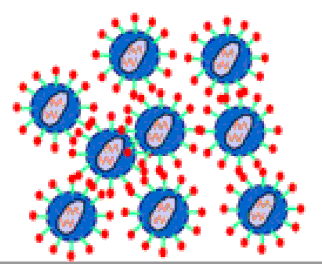Papers in the Biological Sciences

Qingsheng Li Publications
Document Type
Article
Date of this Version
2010
Citation
Chinese Medical Journal 2010;123(23):3379-3380; DOI: 10.3760/cma.j.issn.0366-6999.2010.23.001
Abstract
Since the beginning of the HIV/AIDS pandemic, there has been significant progress in combating the virus. In addition to identifying HIV,1 scientists have developed an array of antiretroviral drugs and successfully converted the once deadly disease into a treatable and chronic condition.2 Nevertheless, this battle is far from over and HIV still outsmarts humans in multiple ways and poses tremendous challenges. Within this context, the Chinese Medical Journal has timely published this special issue on HIV/AIDS, highlighting the ongoing challenges posed by HIV and potential solutions to these problems. The most daunting challenge is to develop prophylactic measures such as vaccines and microbicides to prevent HIV transmission. HIV vaccine development has been dominated by a theme of frustration and failure, best exemplified by the futility of the Merck Ad5 phase IIb T-cell vaccine.3 Recently for the first time in the history of HIV vaccine efficacy trials, human RV144 Thai trial revealed a modest but significant improvement in efficacy against HIV transmission.4 However, researchers still have yet to identify the immune correlates of RV144-vaccine-induced-protection or to find the best way to design HIV vaccine post-RV144 to enhance modest protection to a level that is practical for clinical use. Recent reconstruction of an exceptionally broadly neutralizing antibody-VRC015,6 using novel approaches may open a new avenue for better understanding and design of immunogenic antigen to elicit broadly neutralizing antibodies through vaccination.

